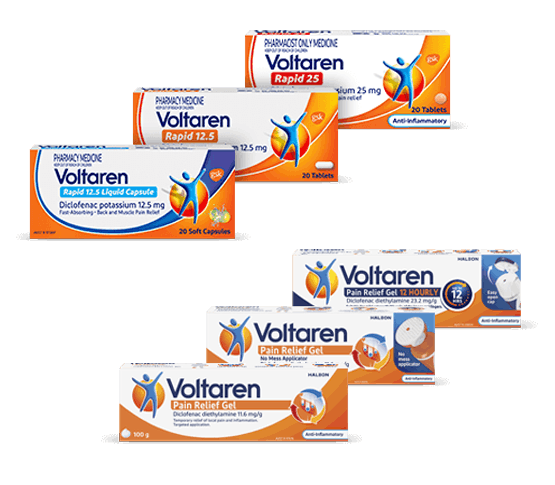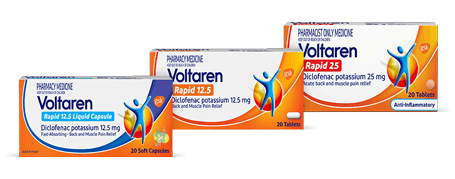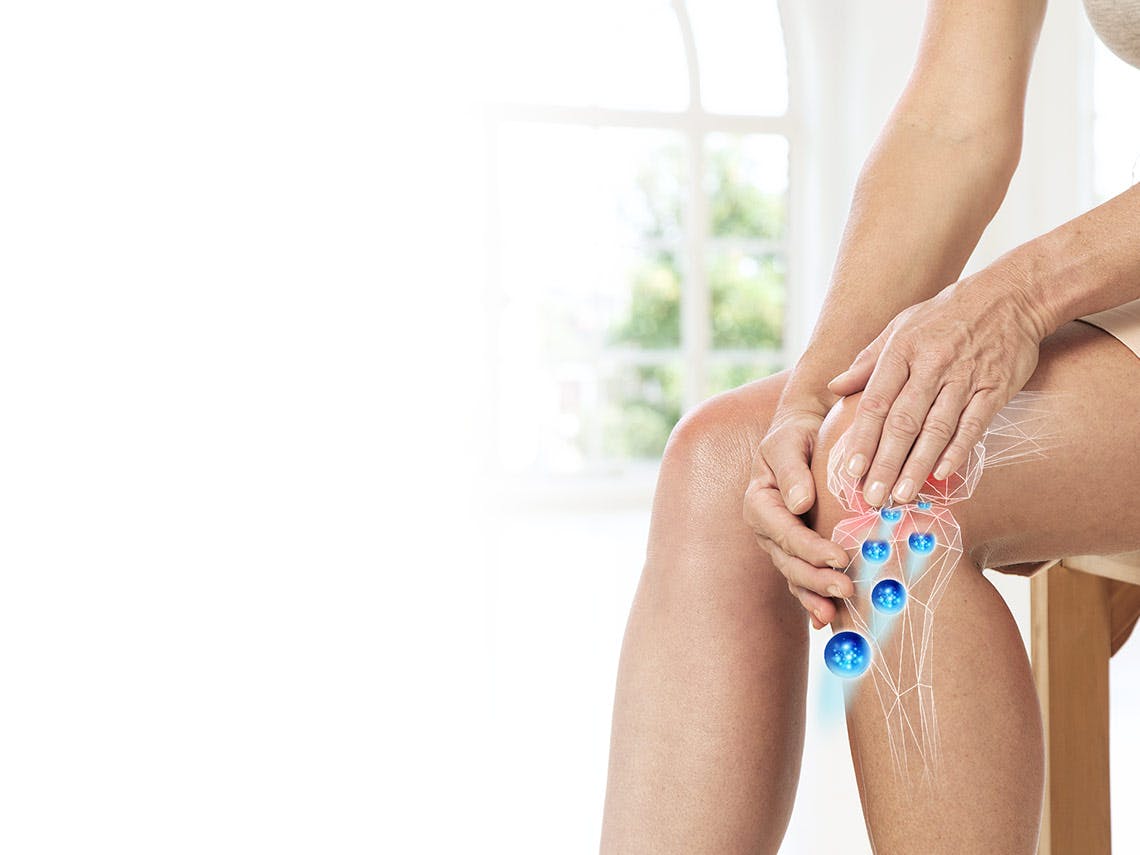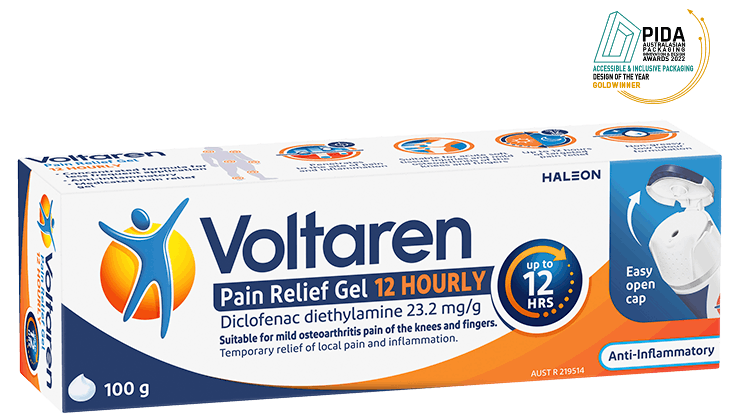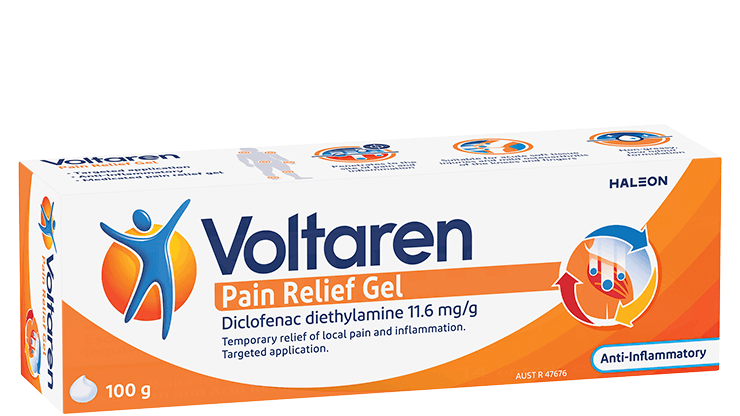What are the symptoms of osteoarthritis? If it’s been getting harder and harder to open jars in the kitchen or to take a walk without your knees aching, you may be experiencing osteoarthritis symptoms. Learn how to identify the tell-tale signs and symptoms of osteoarthritis so you can manage it effectively and get back to doing the things you love.
Osteoarthritis is a common condition that affects the joints. In fact, osteoarthritis is the most common form of arthritis.1 It is a degenerative joint disease that occurs when the cartilage, a tough, smooth, slippery substance that acts like a cushion between the bones in joints deteriorates, leaving the joint’s bones to rub against one another without this protective buffer. Cartilage deterioration exposes a lot of little nerves that can become inflamed. This bone-on-bone rubbing makes movement painful, and can create bone spurs at the site of friction. It can also cause inflammation. Episodes of inflammation can cause painful flare-ups2.
You are more likely to experience osteoarthritis in joints that are overused. For example, a baker may get osteoarthritis in the hands, or a runner could get osteoarthritis in the knees. It can also be caused by carrying around excess body weight, which can lead to muscle strain and extra stress on the joints.3
It can be tempting to brush off aches and pains as a normal part of life—just a part of getting older, right? But no matter your age (osteoarthritis can strike at any time of life, mind you), you shouldn’t ignore pain. Learn about the causes and symptoms of osteoarthritis and what you can do about them.
Symptoms of osteoarthritis
What are the signs and symptoms of osteoarthritis? Osteoarthritis symptoms vary from person to person.4 Not everyone experiences pain and disability from osteoarthritis. For some, it causes only mild symptoms that come and go – but for others, it can be a constant source of pain with debilitating symptoms.
Signs and symptoms of osteoarthritis include:
- Joint pain - Sore, achy joints can be a result of friction and inflammation in the affected joint.
- Morning stiffness - Pain and stiffness when you first wake up in the morning may be attributed to osteoarthritis. It often improves after activity.
- Joint inflammation that tends to get worse later in the day - As your affected joints are used throughout the day, the wear and tear on them from day-to-day activities can result in increased inflammation at the end of the day.
- Joint pain or stiffness after repetitive use - Your joints may hurt during or after activity, especially actions that repeat themselves, like typing or hammering.
- Swelling of joints - Increased fluid in the joint as well as soft tissue inflammation may result in joint swelling.
- Decreased range of motion - As the affected joint swells, flexibility and range of motion in the joint may decrease.
- Clicking or cracking sound when a joint bends - A crunching sound that you feel or hear when using your joints can indicate bone-on-bone friction. You might hear popping or cracking when you move your joint.

What joints does osteoarthritis affect?
Osteoarthritis can affect any joint. However, it is most likely to affect the hips, knees, neck, lower back or small joints of the hands.5
Causes of osteoarthritis
Osteoarthritis is known as a wear-and-tear arthritis. Cartilage, which acts a little bit like your body’s shock absorbers by cushioning between bones that meet up at a joint, is worn down from bearing weight over the course of many years. Kind of like tires on a car that get worn down the more kilometres you put on the car. Hopefully, you’ve seen some really good places along the way!
Osteoarthritis can be caused by:
- Wear and tear
A common cause of osteoarthritis, long-term use of a joint that causes bone-on-bone friction due to deteriorated cartilage - Extra weight
Carrying around excess bodyweight can place increased strain on your joints, leading them to deteriorate quicker than if you were at an ideal BMI.6 - Repetitive use
Using the same joints over and over again – whether at a job, sport, or hobby - puts stress on the joint, which can cause the cartilage to deteriorate. - Injury
A previous injury such as a break or tear near the joint can lead to osteoarthritis years later.
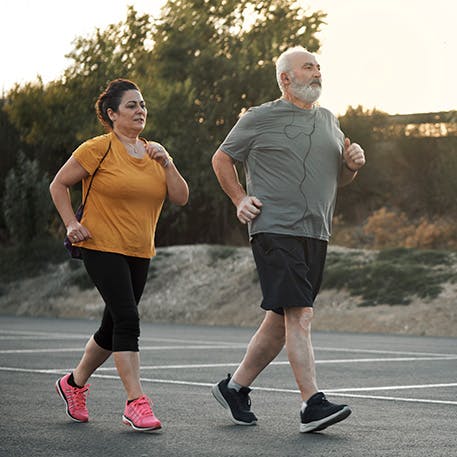
Risk factors of osteoarthritis
Osteoarthritis risk factors include:7,8,9
- Genetics - Some types of arthritis can be genetic, so if your parents or siblings have the condition, you may be at a higher risk of developing it too.
- Age - The older you get, the higher the probability of developing osteoarthritis. On the flipside, younger people who experience joint pain, swelling or stiffness might dismiss or not even consider the possibility of having osteoarthritis, however, unfortunately you can get osteoarthritis in any stage of life - even young adulthood. Even though it can occur in young adults, it’s most common in those age 65 and up.
- Gender - Women are more likely than men to develop certain types of arthritis, including osteoarthritis.
- Previous injury - If you have ever injured a joint badly enough, you could develop osteoarthritis in that area later in life.
- Obesity - Excess weight puts stress on joints and can put you at a higher risk of developing osteoarthritis.
- Your job - If your work puts a lot of repetitive stress on a particular joint, for example if you have to use your hands all day typing or cutting hair, you are more likely to develop osteoarthritis due to overuse of that joint.
Diagnosing osteoarthritis
For mild aches and pains associated with osteoarthritis, a simple talk with your healthcare professional may do the trick. If you think you may have severe osteoarthritis or if your pain is becoming more persistent, you may want to make an appointment with your doctor.
Your doctor can diagnose osteoarthritis after examining the affected joint or joints to check the range of motion or freedom of motion, plus to see if there’s swelling or tenderness10. Your doctor or pharmacist can advise you on medicines, exercises, and other methods that can be used to help relieve the pain associated with osteoarthritis and start the journey back to moving with joy again.
How to use Voltaren Pain Relief Gel 12 Hourly to relieve pain caused by mild osteoarthritis of the knees and fingers
- Open your tube of Voltaren Pain Relief Gel 12 Hourly:
- Tamper evident tabs located on each side of the flip-top cap will break when the cap is opened for the first time. Before first use check if the tamper evident tabs are not broken.
- Just flip the cap lid. Use a finger, thumb, side of your hand or even edge of a table against the underside of the cap lid to open the flip-top cap. Easy peasy!
- Squeeze out a small amount ranging in size from a cherry to a walnut, depending on the size of the affected area.
- Gently rub into the skin above where you are experiencing pain.
- Apply Voltaren Pain Relief Gel 12 Hourly 2 times a day.
- Regain your joy of movement. Feel better.
Use up to 21 days for mild osteoarthritis of the knees and fingers, unless indicated otherwise by your doctor. As soon as your pain subsides, stop using Voltaren Pain Relief Gel 12 Hourly. If your pain and swelling do not improve within 7 days, or if it gets worse, please consult your doctor.
Do not apply to skin with conditions such as cuts, open wounds, or on skin that has a rash or eczema. Discontinue the treatment if a skin rash develops after applying the product.
Voltaren Pain Relief Gel 12 Hourly should not be used with air-tight or water-tight (occlusive) dressings, however, non-sealed breathable bandages can be used. For further details regarding precautions of using Voltaren Pain Relief Gel 12 Hourly or other products, please read the product label and leaflet.

Show less
Explore Voltaren’s products for pain relief
Health, wellness & your pain
Pain is rarely just physical nor is it always solved by taking medicine alone. Voltaren is your ally in helping you take more control of your pain journey, from the way you sleep, to what you eat, mental wellbeing and complementary pain relief therapies.



